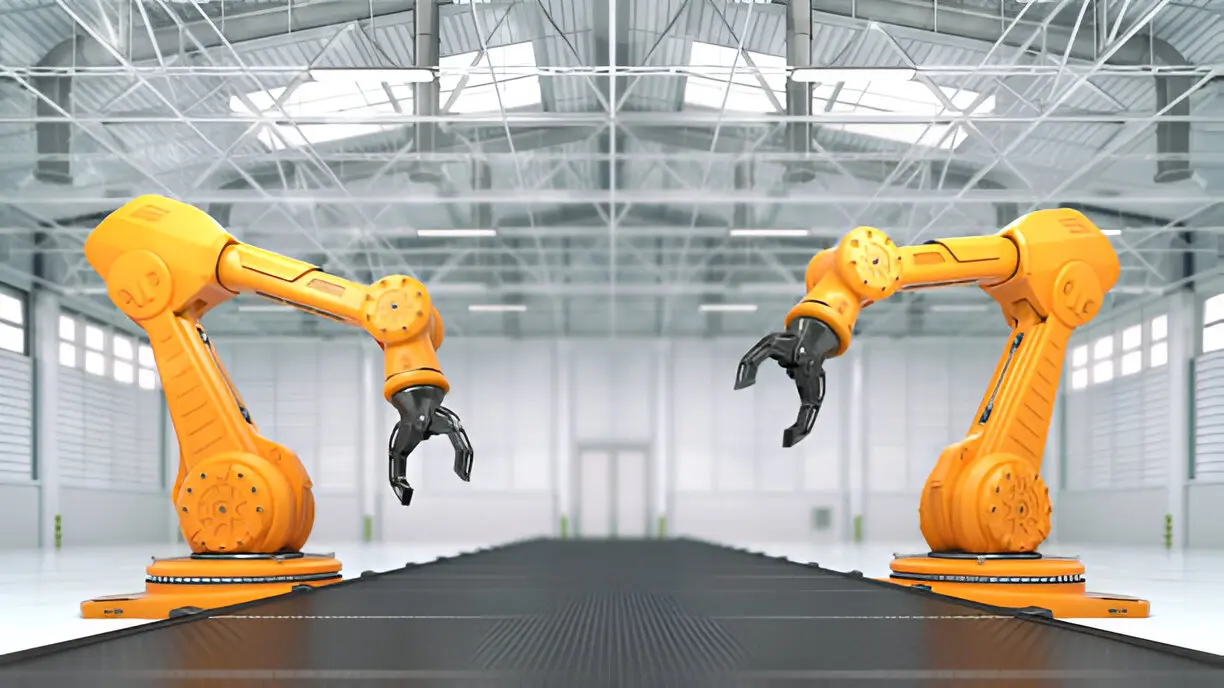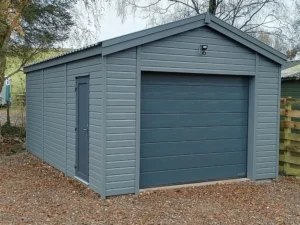Industrial robotic arms are the backbone of modern manufacturing and automation, offering precision, speed, and efficiency that surpass human capabilities. However, like any piece of machinery, they are not immune to wear and tear. Maximizing the lifespan of these valuable assets is not just about saving money—it’s also about ensuring consistent performance, reducing downtime, and protecting your overall production output. Here’s how to keep your robotic arms operating at peak condition for the long haul.
1. Prioritize Preventive Maintenance
The foundation for extending the lifespan of a robotic arm lies in establishing a consistent preventive maintenance routine. Relying on reactive repairs after a failure occurs can lead to expensive fixes and unplanned production interruptions.
A well-structured maintenance plan should involve inspecting for loose bolts, checking joints for signs of wear, applying lubrication to all moving parts, and proactively replacing components nearing the end of their service life. It’s also important to regularly examine protective bellows, which shield critical joints and actuators from dust, debris, and other contaminants that can accelerate wear. Most manufacturers supply detailed maintenance schedules—following these guidelines closely can greatly enhance the durability and reliability of your robotic equipment.
2. Keep It Clean
Industrial environments can be harsh—dust, debris, and grime can infiltrate sensitive components and accelerate deterioration. Regular cleaning of the robotic arm and its surrounding workspace helps prevent contamination, especially around the joints, sensors, and electrical connections.
Be mindful of the type of cleaning agents used. Harsh chemicals may damage protective coatings or corrode materials, so it’s best to use manufacturer-approved cleaners or soft brushes and dry cloths when appropriate.
3. Monitor Operating Conditions
One of the often-overlooked aspects of robotic arm maintenance is ensuring that the operating environment is within recommended conditions. Excessive heat, humidity, or vibration can reduce the lifespan of electronics and mechanical parts.
Use environmental controls, like air conditioning or dehumidifiers, where necessary. Also, make sure the robot isn’t consistently operating near its maximum load capacity or speed—doing so may lead to accelerated fatigue of mechanical parts and motors.
4. Invest in Real-Time Monitoring Systems
Smart manufacturing has brought about the rise of real-time condition monitoring systems. These systems use sensors and software to track the performance and health of robotic components. They can alert you to abnormal vibrations, temperature spikes, or motor inefficiencies before they become critical issues.
By identifying and addressing problems early, these systems play a crucial role in predictive maintenance, saving both time and money while improving reliability.
5. Train Operators and Technicians
Improper operation is one of the leading causes of robotic arm failure. Ensure that all operators and technicians are properly trained in handling, programming, and maintaining the robotic arm. Poor programming or frequent emergency stops can lead to stress on joints and motors, while improper calibration may cause misalignment and premature wear.
Having well-trained staff not only minimizes accidental damage but also enhances productivity and equipment safety.
6. Use Quality Parts and Consumables
When it comes time to replace components, avoid the temptation of cheaper aftermarket parts. While they may seem cost-effective in the short term, low-quality parts can fail faster or cause damage to the robot’s internal systems. Stick with manufacturer-recommended or certified replacement parts to maintain optimal compatibility and performance.
Additionally, use the correct lubricants, filters, and cables. Each robotic model may require specific consumables designed for its operating tolerances.
7. Perform Software Updates and Backup Configurations
Software plays a vital role in robotic arm performance. Ensure that firmware and software are kept up to date to benefit from improvements in stability, security, and efficiency. Updates can also fix bugs that could potentially cause damage or performance issues over time.
Just as important, regularly back up robot configurations and programs. In the event of a system failure, having a backup can significantly reduce downtime and help avoid reprogramming from scratch.
8. Schedule Periodic Professional Inspections
Even if your team handles daily or weekly maintenance well, it’s wise to schedule periodic professional inspections from certified service providers or the robot’s manufacturer. These experts can perform in-depth diagnostics and identify potential problems that may not be visible to your in-house team.
Think of it as a health check-up for your robotic arm—prevention is always better than a costly cure.
In Conclusion
Robotic arms represent a significant investment in your operation, so maximizing their lifespan is essential for long-term success. By focusing on preventive maintenance, clean environments, proper operation, and smart monitoring, you can ensure these machines perform efficiently for years to come. A little care today can prevent big expenses tomorrow—because in the world of automation, reliability is everything.
Also Read-Navigating Business IT Support in Melbourne: A Guide for Small Businesses










